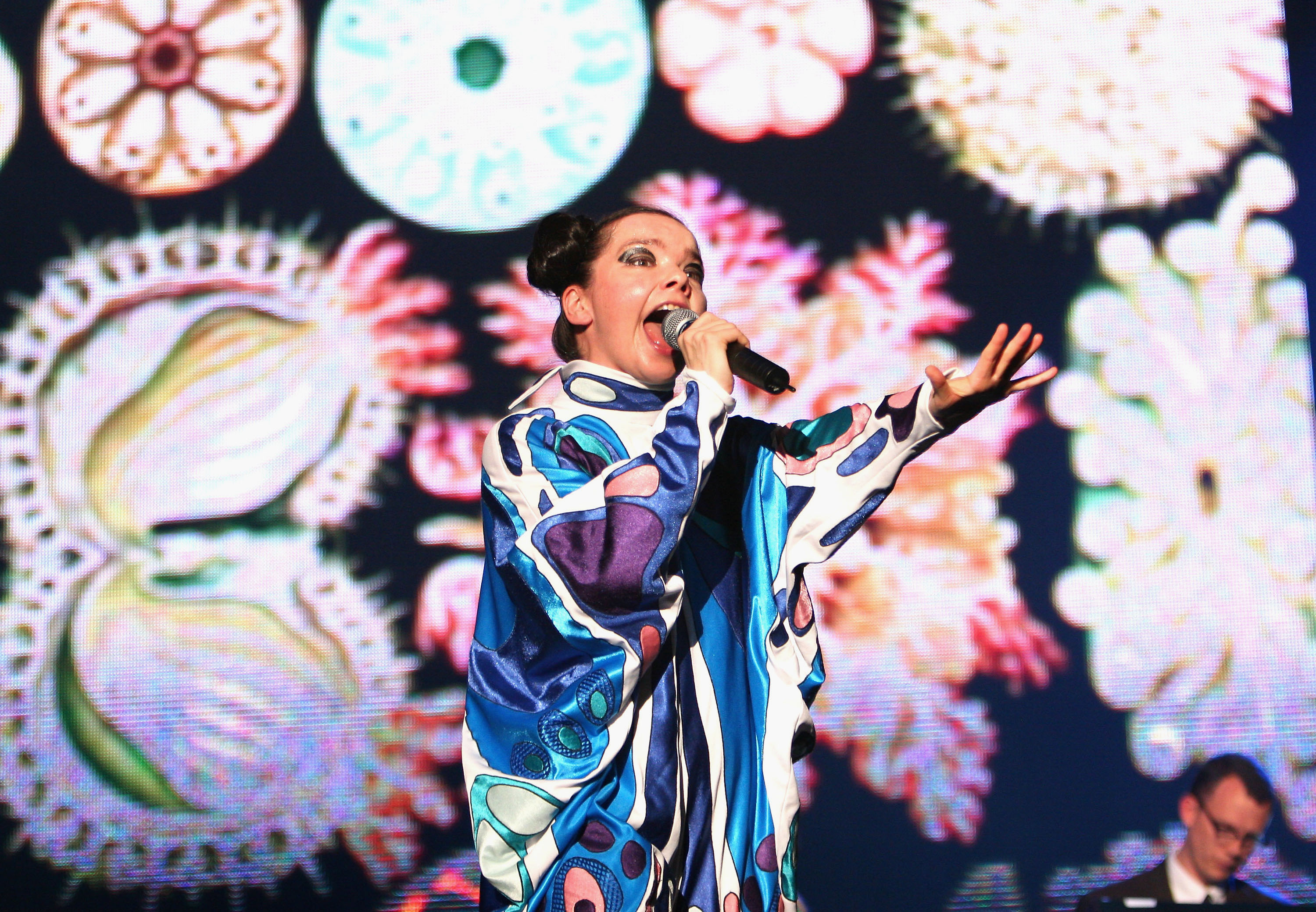Filled with colour, energy and inspiration from her past and surroundings, Debut and Post, the coming-of-age albums of the now 55-year-old Icelandic musician Björk, are a great showcase of the kind of mark she is leaving, with each song, on the world of music.
When her punk-rock band, the Sugarcubes, dismantled in late December 1992, Björk took her talents to London and embarked on a solo career where she immersed herself in the culture of the place and took inspiration from the city’s underground club scene. Debut and Post were most certainly a move away from the alternative rock sounds of the Sugarcubes.
Her move to the UK was a creative decision and a step she felt needed to be taken to progress her sound. “I just had to follow my heart, and my heart was those beats that were happening in England. And maybe what I’m understanding more and more as I get older, is that music like Kate Bush has really influenced me. Brian Eno. Acid. Electronic beats. Labels like Warp. And if there’s such a thing in pop music as a Music Tree, I see myself on the same branch, you know. And for me it’s almost like you know, I’ve been calling it ‘matriarch electronic music,” she told Time magazine’s Isaac Guzman in a 2015 interview ahead of her Museum of Modern Art exhibition, which was spread over three floors. It included photographs, music videos, costumes and custom-made instruments that have been prominent in Björk’s career since the late 80s.
Björk is a music purist and genre-fluid artist whose sound has stood the test of time since its global take-off in the 90s.
‘Debut’
width="853" height="480" frameborder="0" allowfullscreen="allowfullscreen">
Debut was released in July 1993 and is infused with electronic and house beats, inspired by the sound the singer heard in nightclubs.
The album was recorded in the aftermath of Björk’s split with her childhood band, the Sugarcubes, and by the time their Stick Around for Joy album was released that year, the writing for Debut was half done.
She was working closely with Graham Massey from electronic music group 808 State from Manchester. Through her boyfriend at the time, Dominic Thrupp, she was introduced to a music producer from Bristol, Nellee Hooper. She and Hooper had similar ideas about how they wanted Debut to sound and went on to work on the majority of the project together.
Now that she was solo, Björk wanted to explore as much sound as possible for Debut. Techno-like beats and upbeat house sounds are prominent in this album, almost serving as an ode to the UK dance scene that Björk and Hooper were exposed to in London and Bristol respectively.
If you listen to the instrumental on Crying, the second song on the album, the chords and the drums transform the sound into something close to dance music: it’s infectious and bouncy, and the way the piano and bass combine make it that well-rounded house anthem that would move crowds in clubs.
That song, along with many others on the project, shows how far Björk was willing to move from her punk-rock past. She’s coming of age and inserting herself into a music mould that was too difficult to place in a specific genre.
/file/dailymaverick/wp-content/uploads/GettyImages-80678852.jpg)
Then there is There’s More to Life Than This, another song made for nightclubs, or so it feels. Recorded live in the toilets of the Milk Bar in Soho, London, the production is impressive, leaving the listener with the feeling that Björk is going in and out of the bathroom, her voice lifting through the sound of the door opening; in addition, the instrumental being turned up-and-down as she moves between the bathroom and the dancefloor is a great sonic element. The album isn’t all high-octane and Björk turns it down a notch with the ethereal Like Someone In Love, a romantic, slow, jazz-like record that shows the singer’s stripped-down emotions, starting with these lyrics: “I cannot live peacefully without you for even a moment. I miss you terribly when you’re away. He’s away, this ain’t right. I’m alone, I’m taking an aeroplane across the world to follow my heart.” The harp on the song was played by jazz musician Corky Hale.




 Bjork performs on stage at "Live 8 Japan" at Makuhari Messe on July 2, 2005 in Chiba, east of Tokyo, Japan. (Photo by Koichi Kamoshida/Getty Images)
Bjork performs on stage at "Live 8 Japan" at Makuhari Messe on July 2, 2005 in Chiba, east of Tokyo, Japan. (Photo by Koichi Kamoshida/Getty Images)